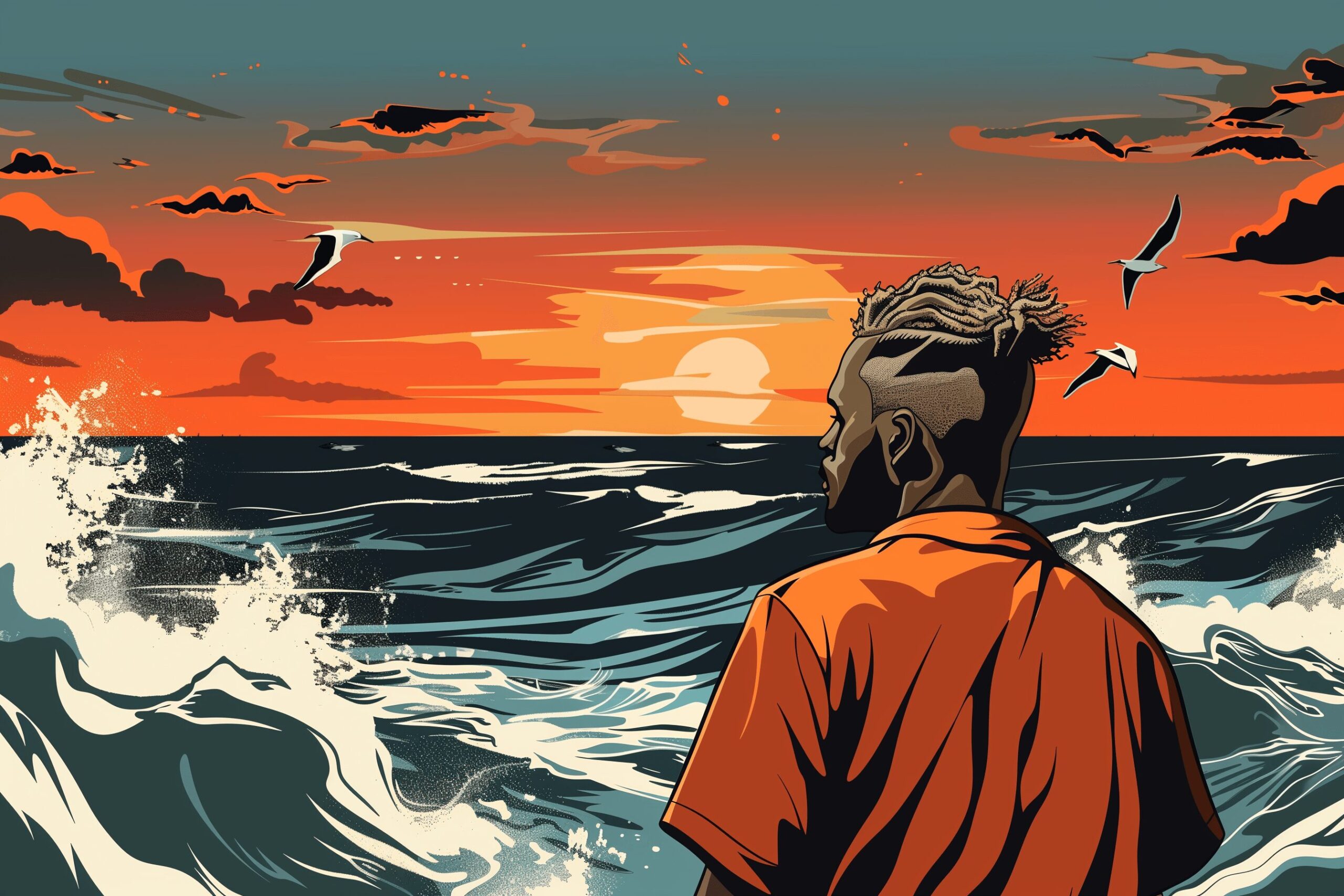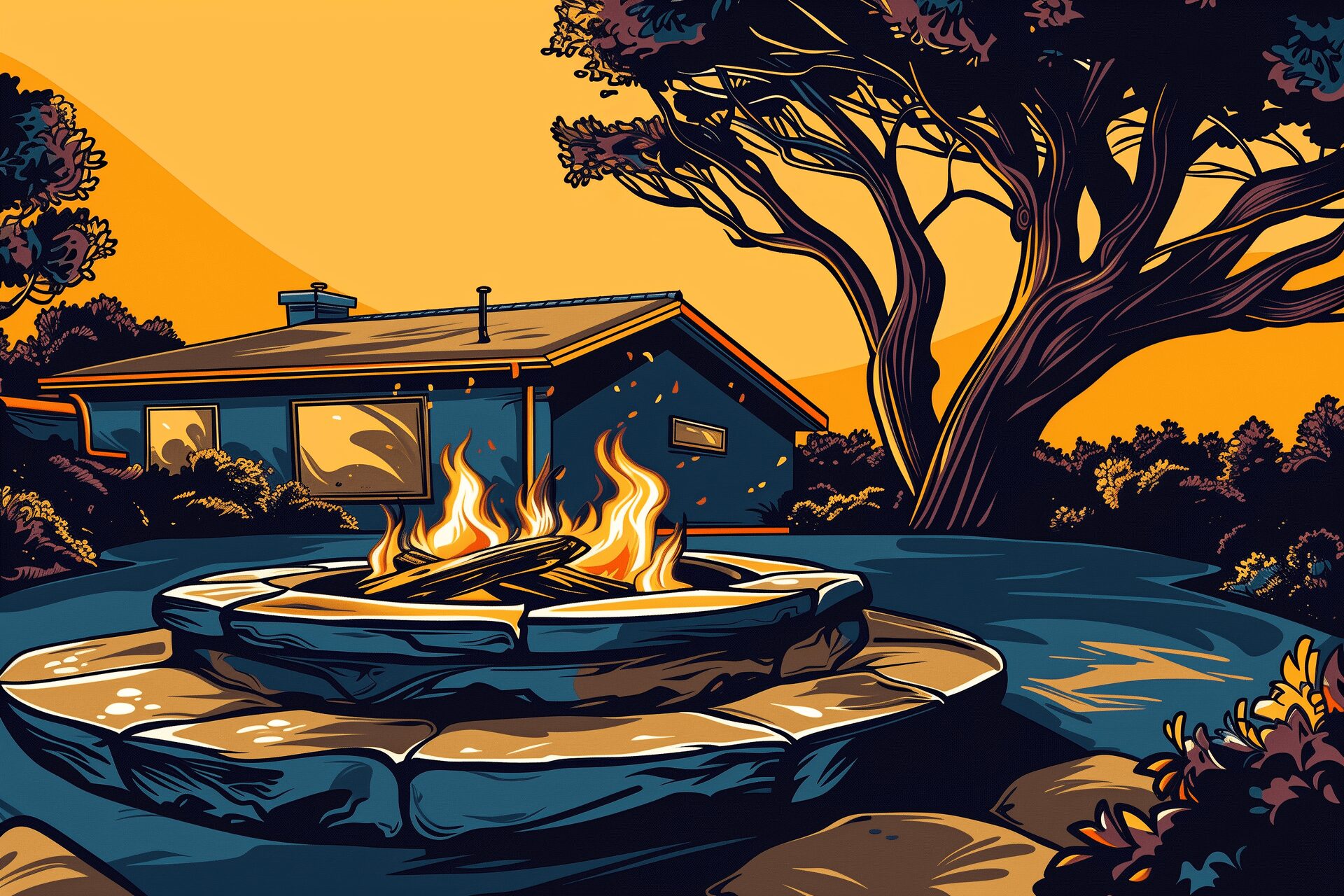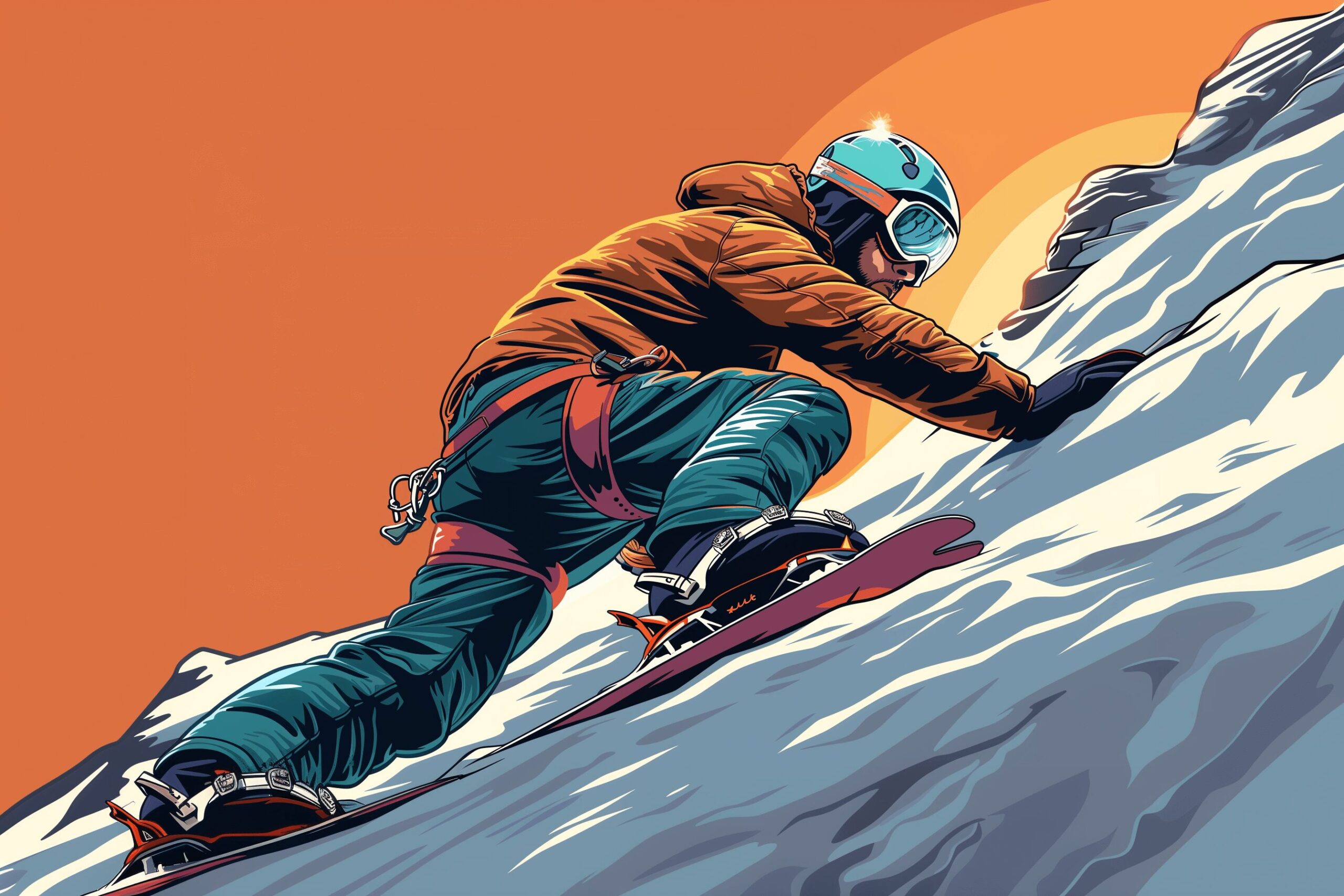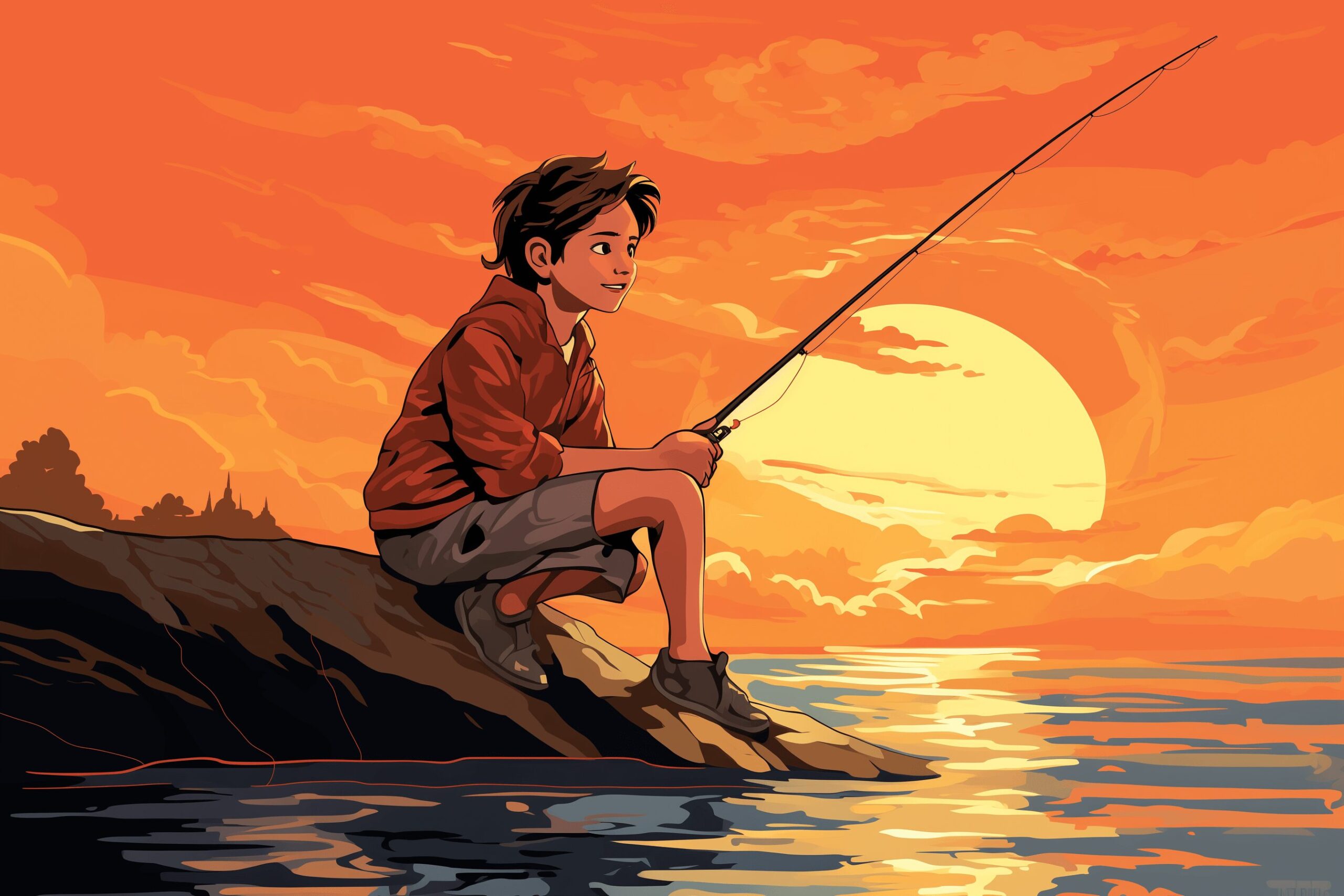It’s Hiking Shorts Season: 7 Summer Hiking Essentials
May 29, 2023
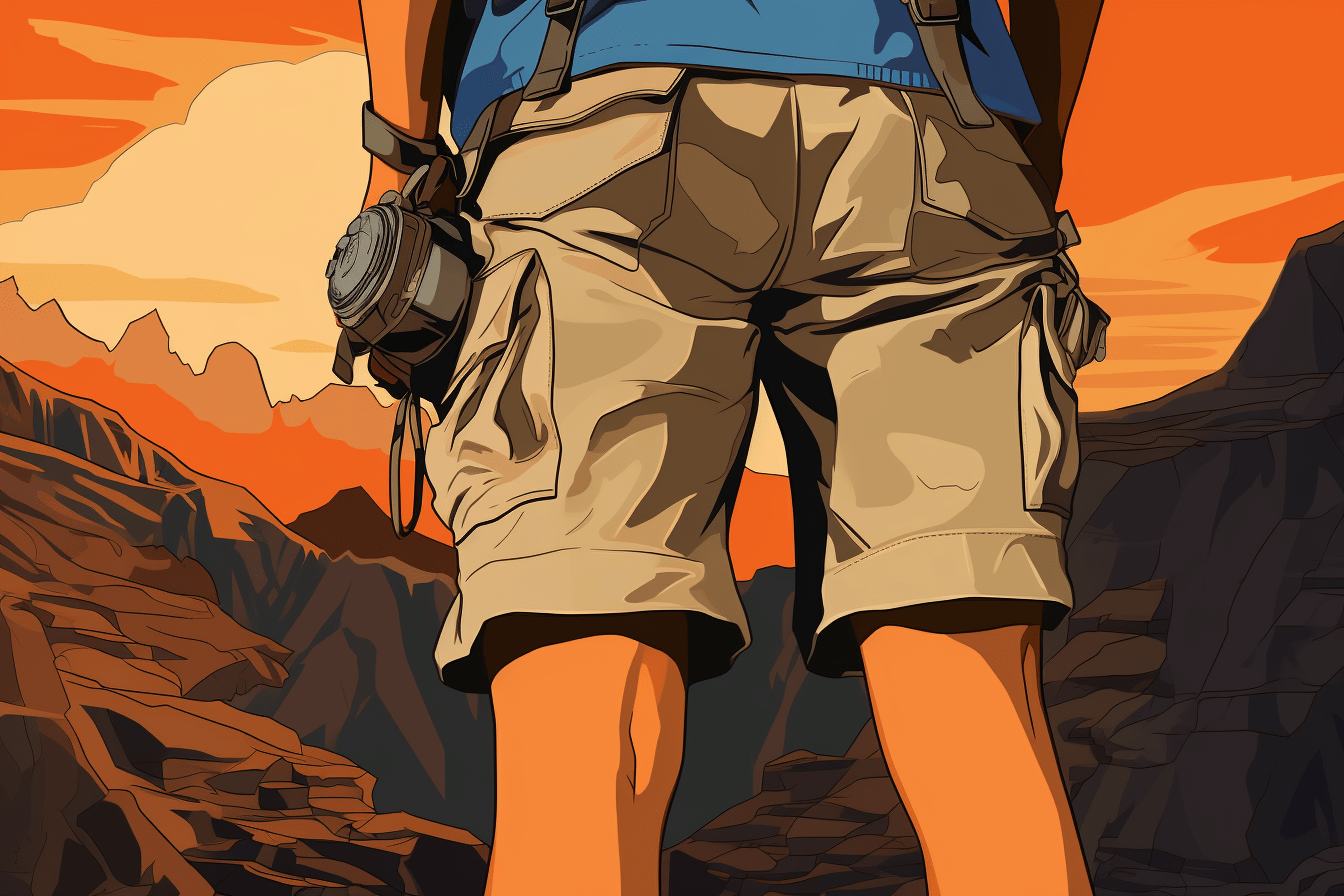
As an Amazon Associate, Modded gets commissions for purchases made through links in this post.
Summer is here and it’s hiking shorts season again. Are you prepared for hikes in the heat? These seven summer hiking essentials can help you stay cool and comfortable while you tackle tough terrain.
1. Hiking Shorts
Many people hike in all sorts of pants, but it’s not all that comfortable to set out in jeans on a day when you’ll be sweating profusely. Hiking shorts are the ideal bottoms — especially in summer heat — because they offer a wider range of motion and are very breathable.
It’s important that the material is lightweight and durable. You want something that can withstand rough terrain and not slow you down, so fabric choice is important. Nylon and polyester are two of the most common choices because they’re light, tough and moisture-wicking. Also, look out for spandex or elastane if you want some extra stretch.
You can also choose which length you prefer. Most hiking shorts will be longer because they’re supposed to be more protective than regular shorts. Many guys wear styles that go down to their knees, but there are varying inseam lengths. To put it in perspective, a seven-inch inseam will put the bottom of the shorts a few inches above your knee.
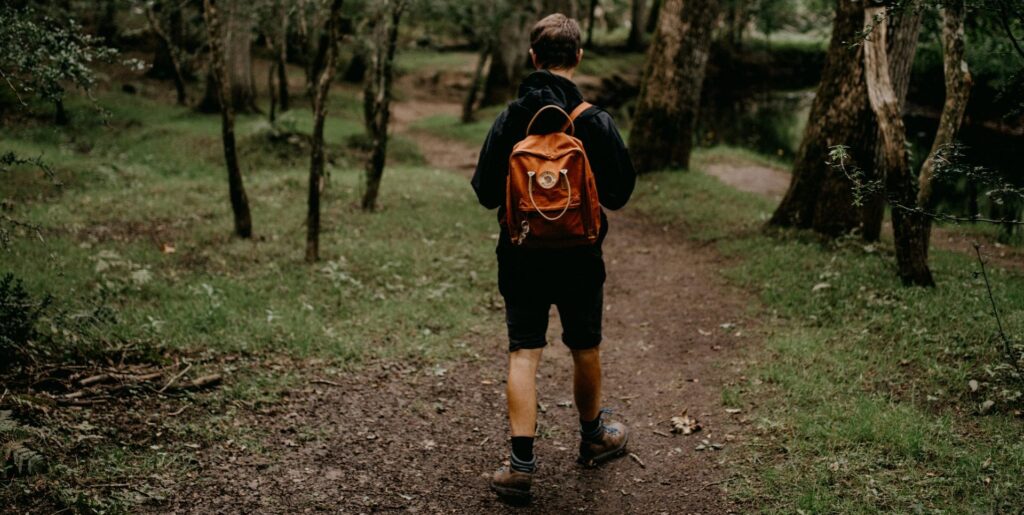
2. Frameless Backpack
If you haven’t already, you might want to swap out your current backpack for a frameless type. It’s dependent if you go on long hikes or pack a lot of gear, but guys who go on casual hikes only need to bring the essentials. Lighter loads are much easier to carry, meaning you’ll probably sweat less and keep up your pace for longer.
A frameless backpack weighing only a little over one pound can carry nearly 11 gallons easily if it’s good quality. Similar options are equally as lightweight or distribute loads in a way that makes them feel lighter, but frameless backpacks are flexible. They don’t have aluminum rods or stiff panels, making them easy to carry and adjust.
They’re also good choices for guys who don’t typically hike with backpacks because they’re practically unnoticeable. It allows them to stash their water bottles and keep their hands free so they can stay hydrated on the trail. Men need over 15 cups of water daily, and that’s without intense perspiration. Try out a frameless backpack if you plan on hiking in the summer heat.
3. Hiking Sandals
There are plenty of types of hiking boots that are great for strenuous trails, but they’re usually pretty warm. Hiking sandals are a great alternative to boots because their purpose is to deal with the same challenging terrain.
They offer the same benefits as boots and can handle certain conditions even better. Typically, they contain the same material as hiking shorts, meaning they’re just as breathable and lightweight. Most styles use straps and closures to ensure a secure fit on uneven terrain. The soles are also upgraded to handle rough and slick surfaces.
It can be tempting to use regular sandals since you’re already ditching boots, but the proper shoes can protect you from injury on your hike. They’re also great choices for summer since they’re much more open.
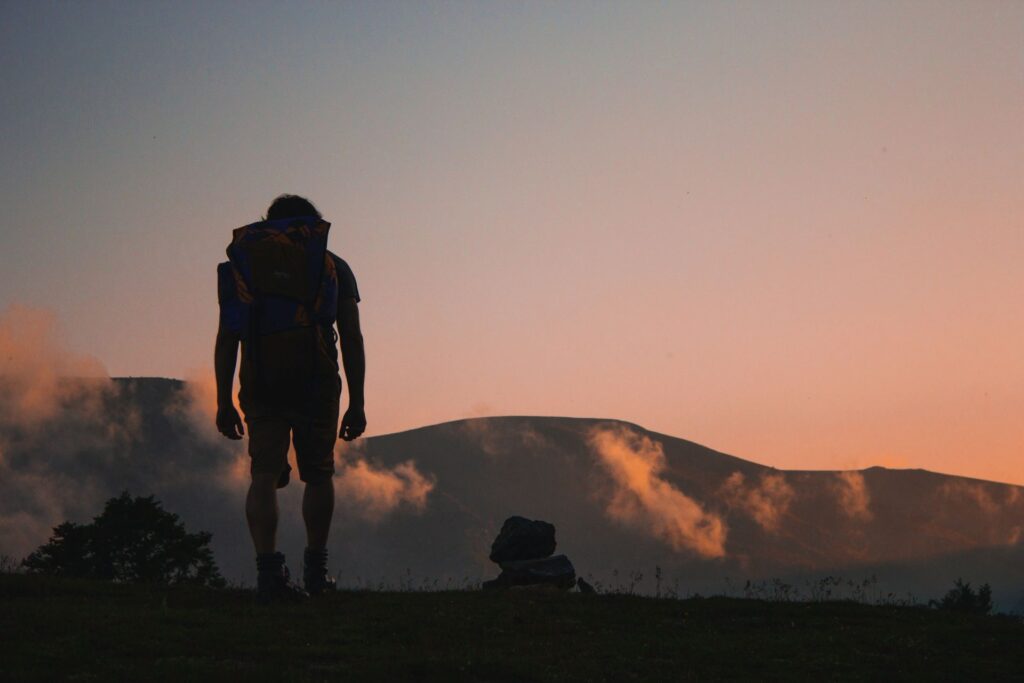
4. Synthetic Shirt
Although a thin cotton shirt may seem like a great choice for a hot day, it rapidly absorbs moisture and can leave you soaked on your hike. It might feel nice when it cools you down on hot trails, but it’s not ideal. You may chafe more or even develop blisters the longer you stay in wet clothes.
If you want to combat the summer heat in comfort, wear fabric with wicking properties. Most synthetic fabrics keep your skin dry and evaporate moisture quickly. Other materials do similar things but are typically meant for cool climates. A lightweight synthetic shirt can help to keep you cool and comfortable on summer hikes.
You can wear a short-sleeve shirt if you want to expose more of your bare skin to the breeze, but it might be worth it to wear long sleeves. They aren’t typically comfortable in the heat, but they’ll keep more of you protected from the sun, plants and rough terrain.
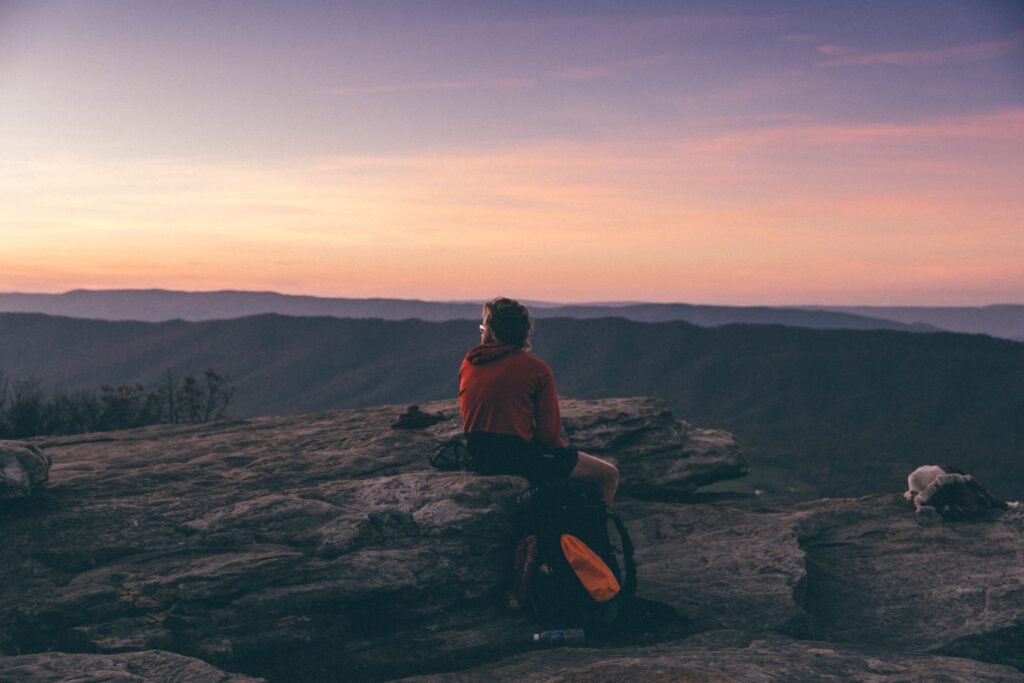
5. Sun Hat
Most guys know they should put sunscreen on before heading out on the trail, but they probably don’t coat their whole body in it. Even though you may think you’re fully protected, UV rays can penetrate clothing.
Darker colors are better at keeping you protected, but they can also feel a lot hotter to wear. The same applies to pants and long sleeve shirts. You’re even more prone to sunburns when you sweat because wet clothes increase your UV radiation exposure.
Try wearing a sun hat to help your skin out. It shades the parts of your body that get the most direct exposure, protecting you from potential sunburns. On top of that, it also works to keep you cool. Have you ever stood in the shade on a trial and felt an immediate drop in temperature? A sun hat does a similar thing since it keeps you shaded.
Check the UV index before heading out, and don’t ditch the hat if it’s lower. Experts recommend sun hats when it reaches three and above because even low levels can damage your skin. You can also get sunburned if it’s cloudy or cool. A wide-brimmed hat can keep a lot of that sun out of your face and off your shoulders.
6. Light Jacket
Even though jackets aren’t typical summer attire, weather-appropriate clothes are essential for a pleasant hike. You might not plan for it to rain, but it’s best to be prepared. Plus, depending on how long your hike is, the UV index may climb higher than you expected.
The change in season from spring to summer can also cause higher amounts of UV radiation, making it much easier to get sunburns or skin damage. Preparing for summer hikes doesn’t mean packing your layers away, it just means you have to switch up what you wear. A light windproof or waterproof jacket provides protection against the sun and the elements.
You can stay comfortable on your hike if you’re cool and dry. Even if a light jacket makes you a bit hotter, it’s better than walking back down the trail with a sunburn or soaked clothes. Besides, you can always toss it in your backpack or tie it around your waist if you get tired of it on your hike.
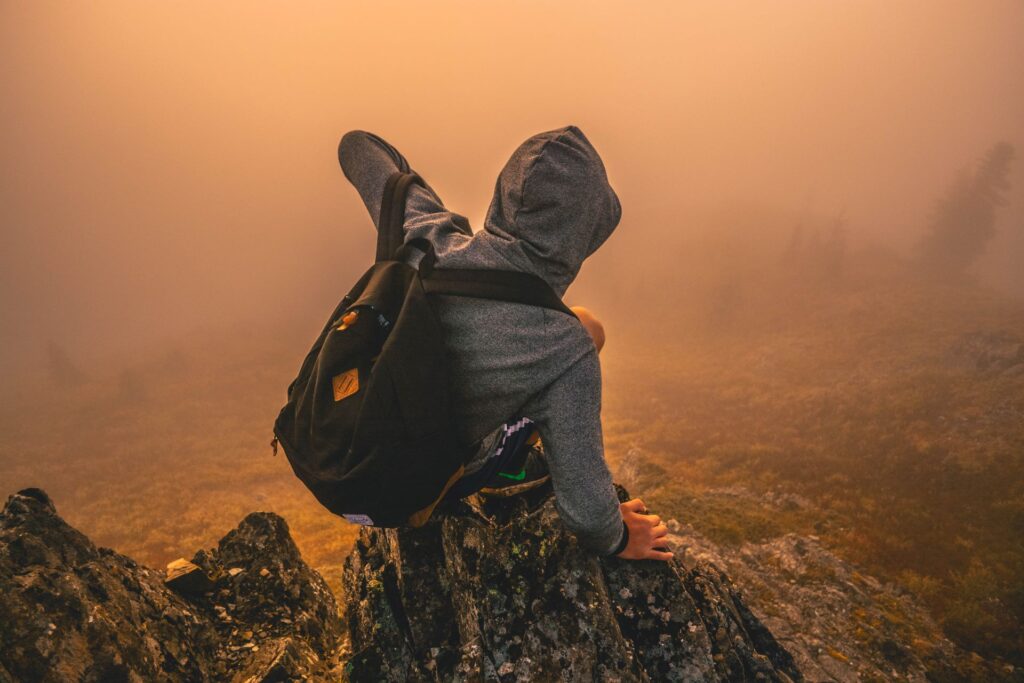
7. Synthetic Socks
Socks are a small part of your hiking wardrobe, but they’re equally as important as everything else. You can protect your feet against pain and blisters if you wear the right type. You want synthetic or polyester material similar to what hiking shorts and shirts are made out of.
The moisture-wicking properties of synthetic material pull sweat away from your skin so it can evaporate. Thicker socks help protect against constant rubbing that leads to blisters, but they’re often too warm in summer. If you want a good balance, pick the right material.
Some Essentials for Hiking in Summer
It can be exciting to see the temperature slowly rise as summer approaches, but not many guys look forward to sweating through their clothes on their hike. If you plan on hiking in the heat, consider bringing some of these summer hiking essentials to help you stay cool.
